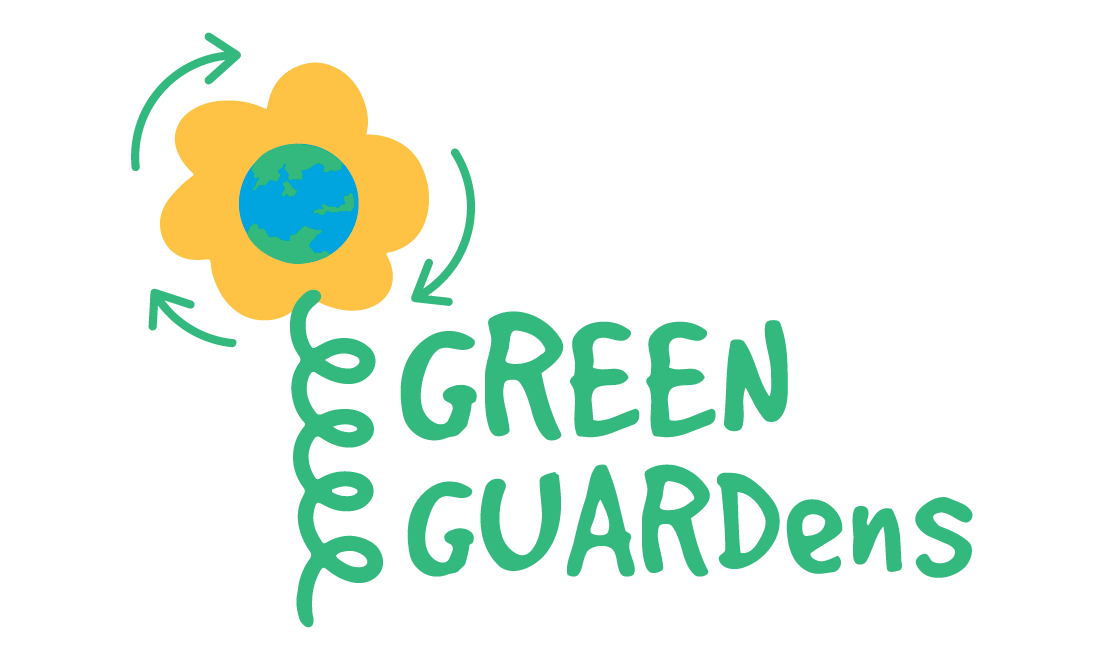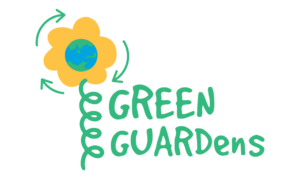
Carry out an experiment with children: put one plastic bag on the ground and leave it for a week or two. Check the grass under that bag, and show the children the damage caused by a single bag . It will be easier for them to understand what the tons of plastic that end up in nature can do.
Engage children to clean the kindergarten yard or neighborhood. Educate them about recycling and possible reusing of materials. Try to make toys or some useful tool from the collected material. Children will help cleaning of their environment, they will be active and creative and motivated to suggest new activities.
A teacher from southern Serbia shared one very interactive practice called “Plant hunting”: Plants have been drawn on a piece of paper, and children were asked to explore the kindergarten environment and check how many of those plants they can find. For example, if they are looking for a dandelion or snowdrop, they must pay attention to where it grows, how it grows, what its stem looks like, and if there are any insects around it. Through this activity, children can explore their environment, became more aware of biodiversity and connection between its elements. In this way, they can feel the ground, learn more about different types of plants and have a good time with their peers, and this interactive approach will facilitate their acquisition of new knowledge. Try to do something similar: take children to the park, forest or meadow. Try to engage them to explore their environment. Be prepared for potential questions.
You can also organize a hiking trip (if there is a hill nearby your kindergarten): Include parents as a support. Try to engage the people from local organisations (tourist guides, biologists, historians, mountaineers…). Try to collect donations and provide seedlings of endangered plants and trees. Plant them with children. Explain to them why it is important to save as many species as possible
You can use working methodology of Eco-schools and assess the state of the environment in your kindergarten:
- Do you separate waste?
- Do you use both sides of the paper?
- Whether the windows and walls are well thermally insulated?
- Does water leaking from the taps?
- Do you use energy saving bulbs?
- Don’t forget to turn off the lights in rooms that are not in use!
- Do you avoid single use items?
Think about: Is it possible to adapt parts of these practices to your curricula? What are the main obstacles? How can you overcome them? Can you think of a similar idea that would work better?

